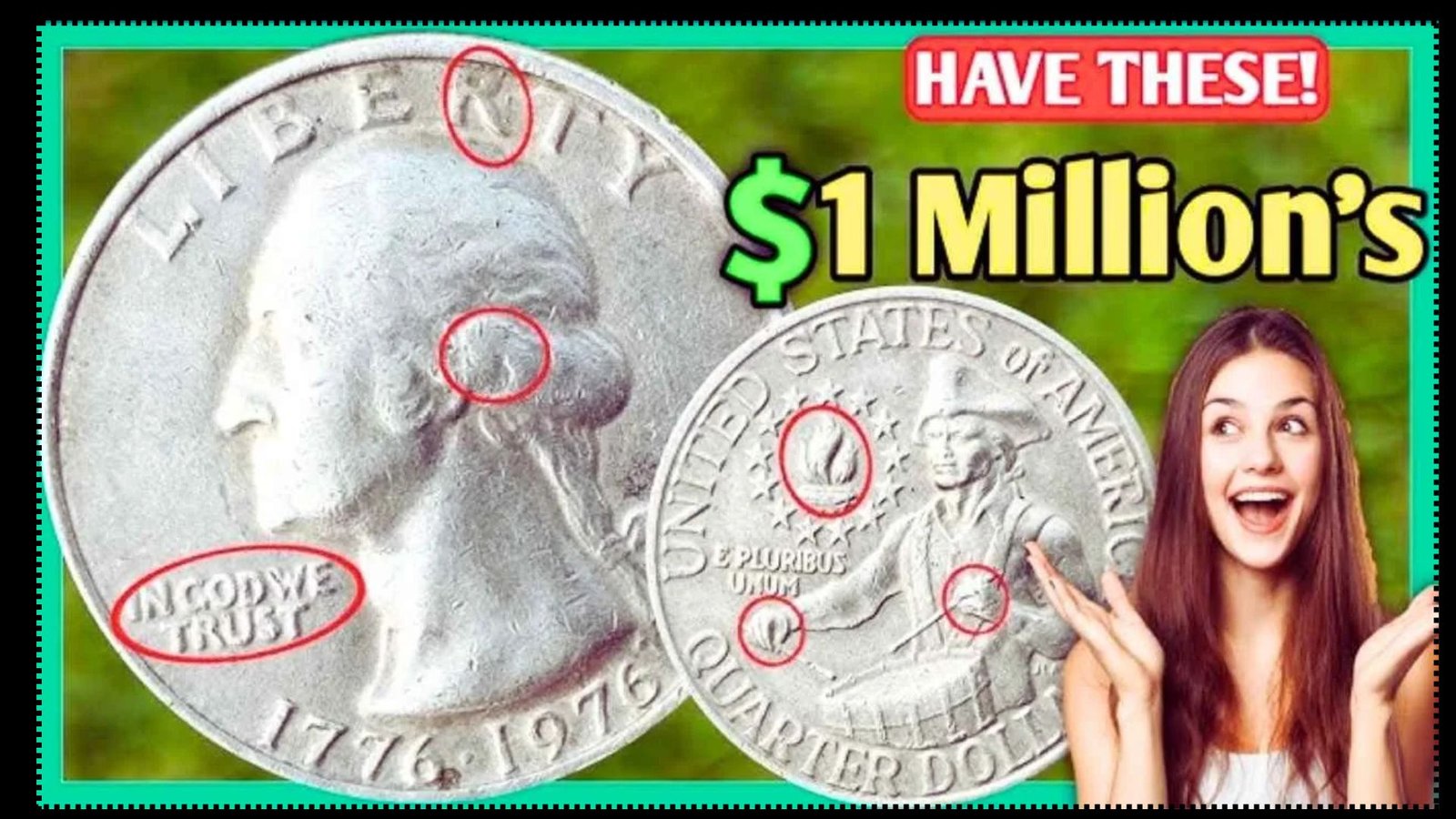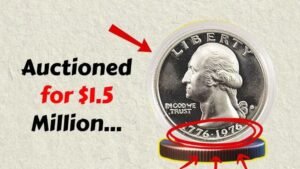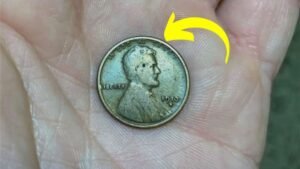Have you ever checked your loose change for a treasure? A rare Bicentennial Quarter, minted in 1976 to celebrate America’s 200th birthday, could be worth up to $1 million and might still be hiding in circulation. This article uncovers the secrets of this valuable coin, why it’s so special, and how you can spot one. Read on to learn about this hidden gem and start your treasure hunt today!
What Is the Bicentennial Quarter?
The Bicentennial Quarter was created in 1976 to mark 200 years of American independence. Unlike regular quarters, it has a unique design: a colonial drummer on the back and a dual date (1776-1976) on the front. While most of these quarters are worth just 25 cents, a rare version can fetch a fortune due to specific features that make it stand out.
Why Is This Quarter So Valuable?
Certain Bicentennial Quarters are prized by collectors due to rare traits. These coins were minted in limited batches with unique characteristics, making them highly sought after. Here’s why some are worth up to $1 million:
- Minting Errors: Mistakes during production, like double-struck designs or misaligned images, make some coins one-of-a-kind.
- Special Metal Composition: A small number were made with 40% silver instead of the usual copper-nickel mix, increasing their value.
- Perfect Condition: Coins in pristine, uncirculated condition are worth more because they’re rare and well-preserved.
How to Identify a Million-Dollar Bicentennial Quarter
Want to know if you’re holding a jackpot? Check your quarters for these key features:
Key Features to Look For
| Feature | Description |
|---|---|
| Date | Look for “1776-1976” on the front. |
| Design | A colonial drummer should be on the back, not the usual eagle. |
| Mint Mark | Check for a “D” (Denver) or “S” (San Francisco) on the front near Washington’s head. “S” coins are often silver and more valuable. |
| Condition | Coins with no scratches or wear (called “mint condition”) are worth more. |
| Errors | Look for double images, off-center designs, or other oddities. |
Steps to Spot a Rare Quarter
- Inspect the Date: Confirm it says “1776-1976.”
- Check the Back: Ensure it shows a drummer, not an eagle.
- Look for Mint Marks: Find a “D” or “S” near Washington’s portrait.
- Examine for Errors: Use a magnifying glass to spot double strikes or misalignments.
- Test for Silver: Silver quarters are heavier and have a distinct shine. A coin shop can confirm the metal.
Where to Find These Valuable Quarters
The exciting part? These quarters could still be in circulation! Here’s where to look:
- Pocket Change: Check coins in your wallet, purse, or change jar.
- Coin Rolls: Banks sell rolls of quarters—ask for uncirculated ones.
- Flea Markets or Garage Sales: Old coin collections might include a rare quarter.
- Family Heirlooms: Check inherited jewelry boxes or coin stashes.
What to Do If You Find One
If you think you’ve found a rare Bicentennial Quarter, don’t clean it! Cleaning can lower its value. Instead:
- Store it in a protective sleeve or holder.
- Take it to a professional coin dealer or appraiser.
- Get it graded by a service like PCGS or NGC to confirm its value.
Why Collectors Love the Bicentennial Quarter
Collectors are obsessed with these quarters because of their historical significance and rarity. The 1976 coin celebrates a major milestone in U.S. history, and the rare versions are like finding a needle in a haystack. A single quarter sold at auction for nearly $1 million due to its flawless condition and unique minting error.
Tips for Starting Your Coin Hunt
- Learn More: Read books or online guides about coin collecting.
- Join a Community: Connect with other collectors on forums or social media.
- Stay Patient: Finding a rare quarter takes time, but the payoff could be huge!
Start Your Treasure Hunt Today!
The Bicentennial Quarter is more than just pocket change—it’s a potential fortune waiting to be discovered. By knowing what to look for, you could uncover a coin worth up to $1 million. Check your change, visit a coin shop, or dig through old collections. Who knows? Your next handful of coins might hold a life-changing treasure!



